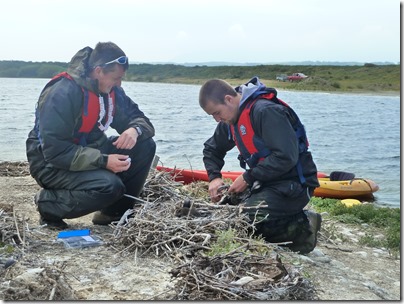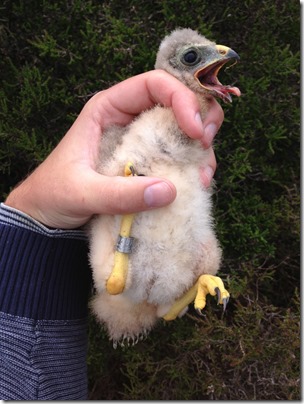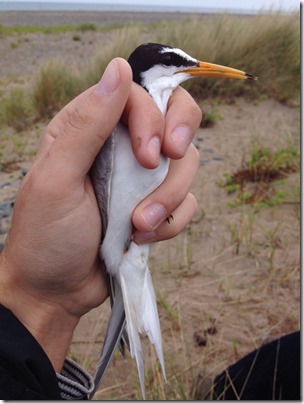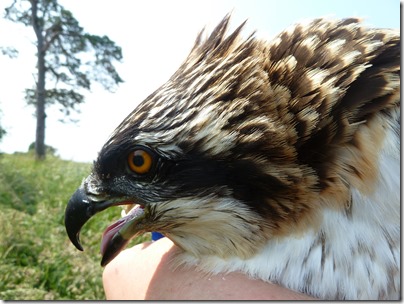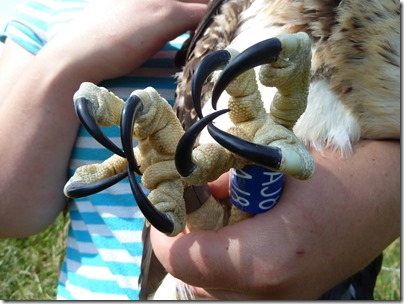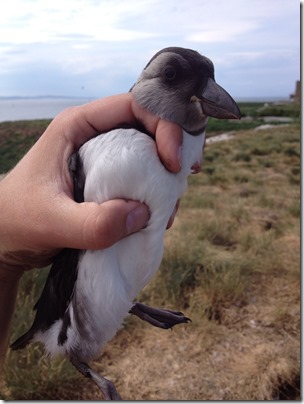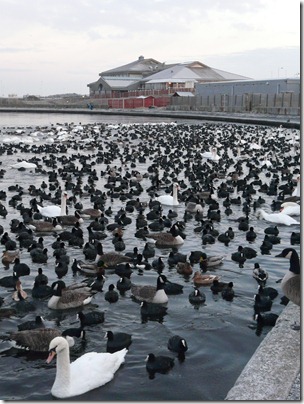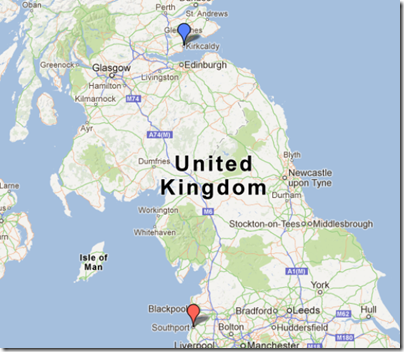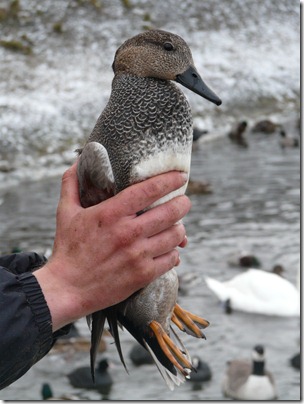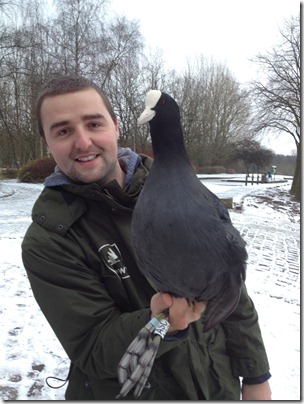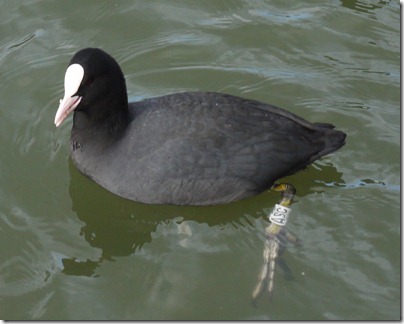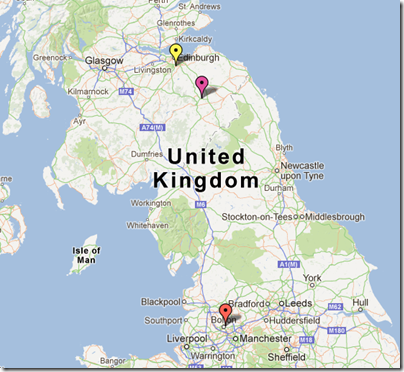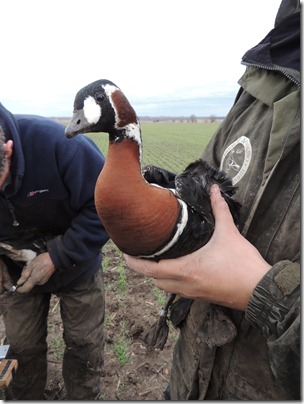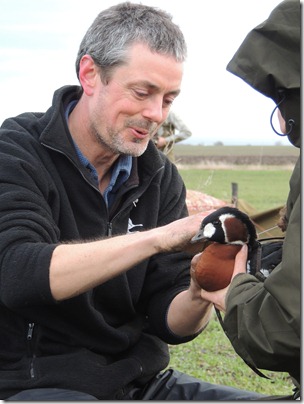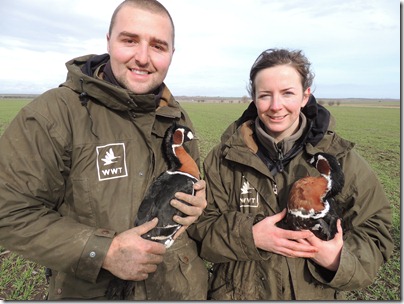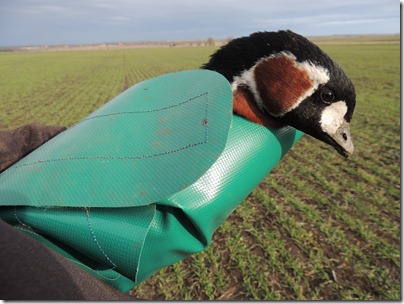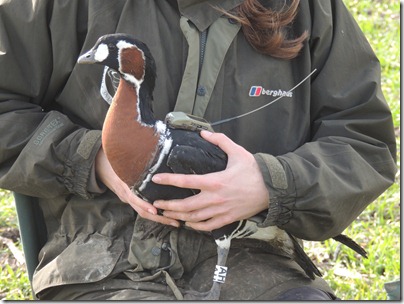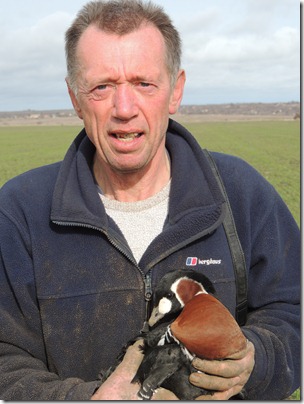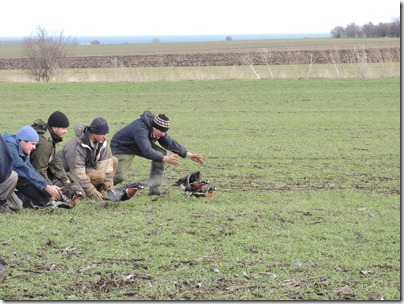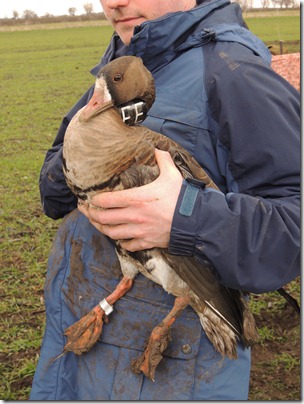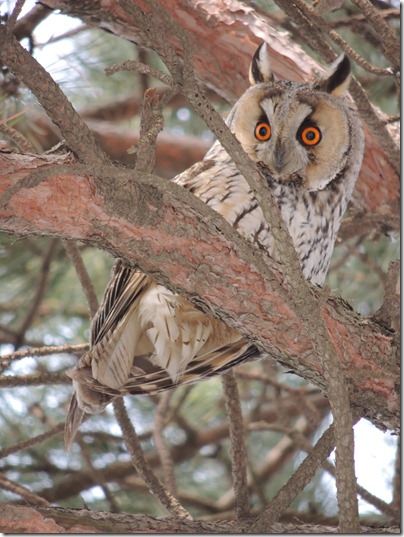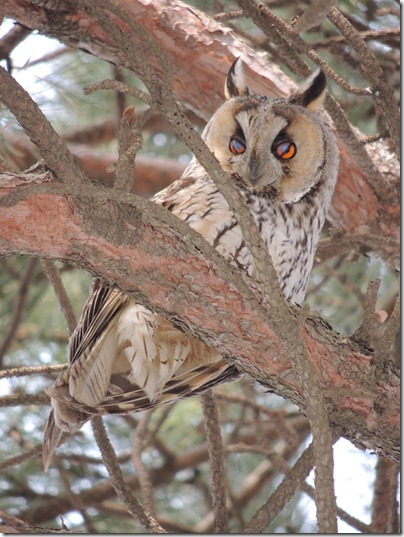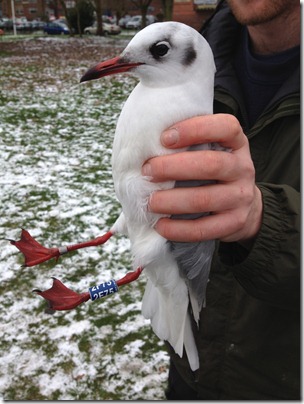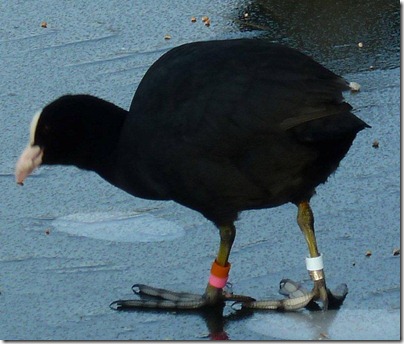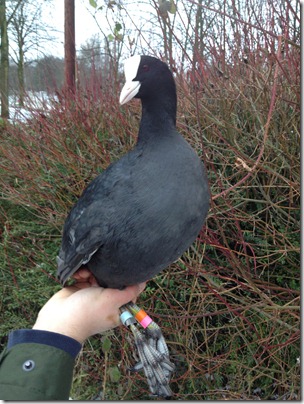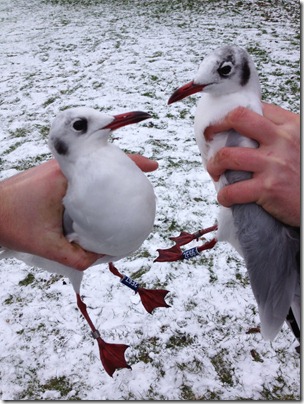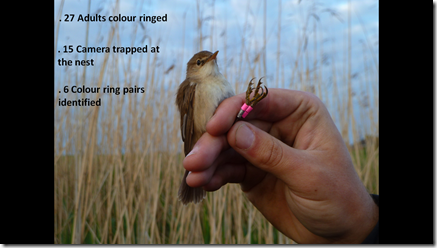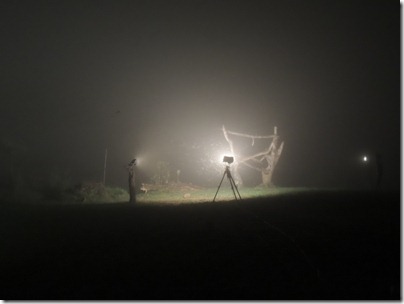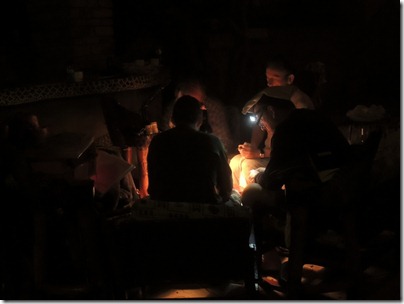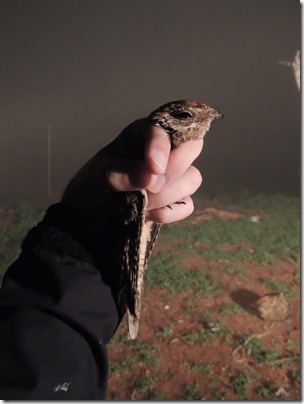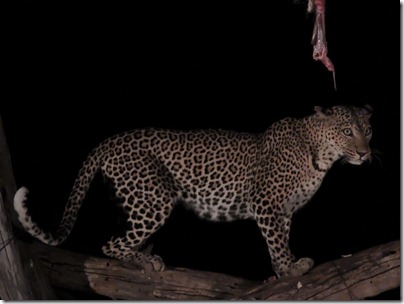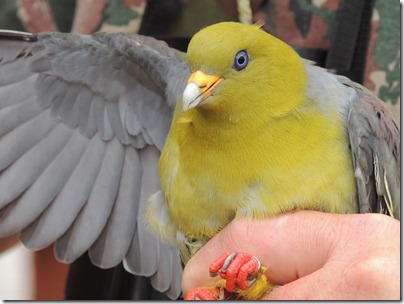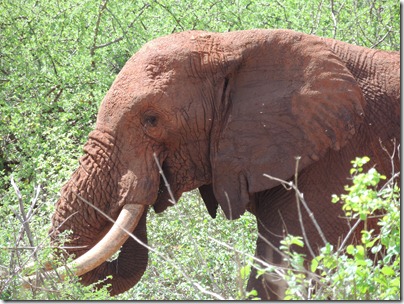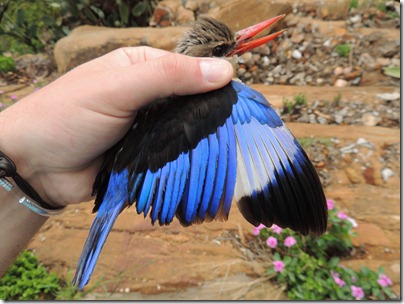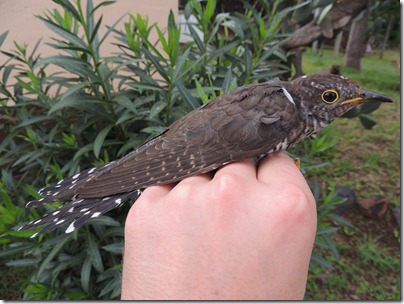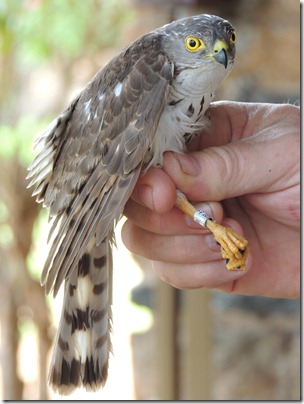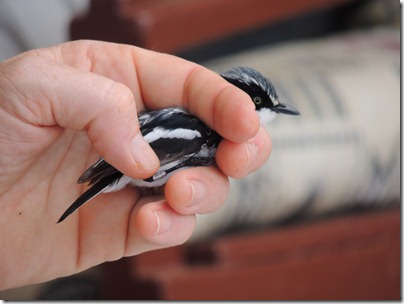I’ve been abandoning the old blog of late, not because I’ve stopped ringing – mainly due to not having the time to update it due to work, travel, keeping up with the family and doing lots of ringing! So here’s a look back over the last few weeks....
At the back end of June, Gillian & I travelled over to the Isle of Man for our annual trip to visit Sean & Kev. Getting up to all sorts but once again kayaks were deployed & off we went to a local gravel pits in search of Cormorants to colour ring, along with cr-ringing several large gull chicks & adding to a new cr-ringing project on Common gull.
A bonnie brood of Sparrowhawk were also ringed and we were also treated to visiting the nest of a Hen harrier pair and ringing a single chick.
The guys have been doing some fantastic ringing work with terns in the north of the island – ringing good numbers of Arctic & Little tern, and controlling several adults of the latter species! Good stuff!
Back at Sean’s house, the whoosh net was set & ready (as always!) resulting in several Herring gulls being captured. A fantastic weekend all round, as always – spending some quality time with great friends! Cheers to Sean, Niki and Kev for having us along!
We flew back home were the day after I travelled up to Lake Windermere to assist the RSPCA in catching moulting Canada geese. This being the start of a new (RSPCA) project, looking at the movements of the geese to & from the lake in relation to their moult migrations. The catches (three in total) were a huge success, resulting in 211 Canada geese & 40 Greylag geese being ringed. Interestingly I’ve ringed quite a number of Canada geese at Windermere over the years & not a single one of these birds were captured in the moult round-ups. We did control two birds from Northumberland and Mid Wales, which gives some initial idea of where these birds are coming from.

All the Canada geese carrying colour rings, were marked with red darvic type rings – white lettering with 4 characters starting AAAA. Any sightings of these can be reported via www.ring.ac
A really enjoyable few days in the Lakes working with the RSPCA teams & good to put faces to names in meeting Kev Leighton & others from the RSPCA ringing group.
The end of June early July can be busy with moult roundups of flightless geese and swans. It was a pleasure to go down to Chew Valley Lake to help with the groups round up of flightless Canada geese. Around 70-80 birds captured in total, with the majority of the catch consisting of new birds.

A day trip over to West Yorkshire were I finally met Andy Jowett! Spent a day ringing Long eared owl & Red kite chicks with him, along with checking Barn owl boxes! A tip top day – cheers Andy! See you soon ;-)

06th July was an early start – going from Manchester to Beaumaris to meet up with the SCAN ringing group for one of their visits to Puffin Island to ring seabirds & gulls. A very enjoyable (but hot!) day spent ringing Cormorants, Shag, Puffin, Guillemots, Razorbills and Herring, Lesser & Greater Black Backed Gull chicks. Lovely!

The day after we travelled up to North Lancashire to spend a very nice evening ringing Sand martins on the River Lune with Richard Du Feu and Dave Bickerton. This forming part of their very neat work on a Retrapping Adults for Survival (RAS) project on the species.
A few days later we travelled further north, to Scotland just north of Inverness to meet up with Bob Swann after an invite (back in Bulgaria in February!) to go ringing Osprey chicks with him. Not needing to be asked twice, I jumped to this opportunity & took Bob up on his offer! Well I’ve always wanted to work closely with Ospreys & getting the opportunity to help Bob survey & ring some chicks was like my birthday / Christmas day all rolled into one! I’m still reeling after this day & by far, it has to be said, my favourite day of the year so far!
We checked several nest sites & ringed several bonnie chicks. Twas’ a huge privilege to be up close to one of my all time favourite birds and a species of conservation success!

Huge thanks to Bob, Dora & Rob for having us along!
This year being an Abbotsbury round up year (they happen every two years!) and since I’ve not attended the last two (due to being away!) I thought it was about time to roll up my sleeves and join some of my colleagues & other ringing groups for some hard work on the south coast at Abbotsbury Swannery. Of course Mute swans were the subject of the day and together with a large kayak team a nice catch, of exactly 600 Mute swans were caught!

and finally the weekend just gone was spent on the Farne Islands catching up with my best matey Ciaran and of course carrying out quite a bit of ringing! It was great to be out ringing with Ciaran again and this time on his turf! Many Puffins (adults & chicks) were brought up from down their burrows to be ringed, measured and weighed before being returned. Kittiwake & Arctic tern chicks were also ringed, as were quite a number of Shags, both adults and chicks which were colour marked as part of CEH’s ongoing monitoring work.
It was a huge pleasure and very enjoyable to get to spend the night on the Farne Islands which was quite an experience, going to sleep with thousands of Arctic Terns & Puffins just outside the window! Amazing! Good to hear that the Puffins are having such a good breeding season out there which is a credit to the dedicated team of National Trust rangers that inhabit the islands.
If you’ve never been to the Farnes I’d thoroughly recommended a visit! Although to see some seabirds before they head off to their wintering grounds – you’ll need to visit soon!!
Many thanks to Ciaran, Andrew ‘big lad’ Denton, Graeme & Jonathan for having us on the island and to Bex & Will for swiftly getting us back to the mainland in the RIB yesterday evening when the weather had calmed down! Being stranded & working from the Farne Islands on a Monday morning could have been interesting!
 ‘If you’ve a Puffin in your hands, then you’ve gotta have a selfie!’
‘If you’ve a Puffin in your hands, then you’ve gotta have a selfie!’
I’ve got a busy few days in the office now, before flying out to Iceland on Saturday for annual Whooper swan ringing & productivity monitoring.
